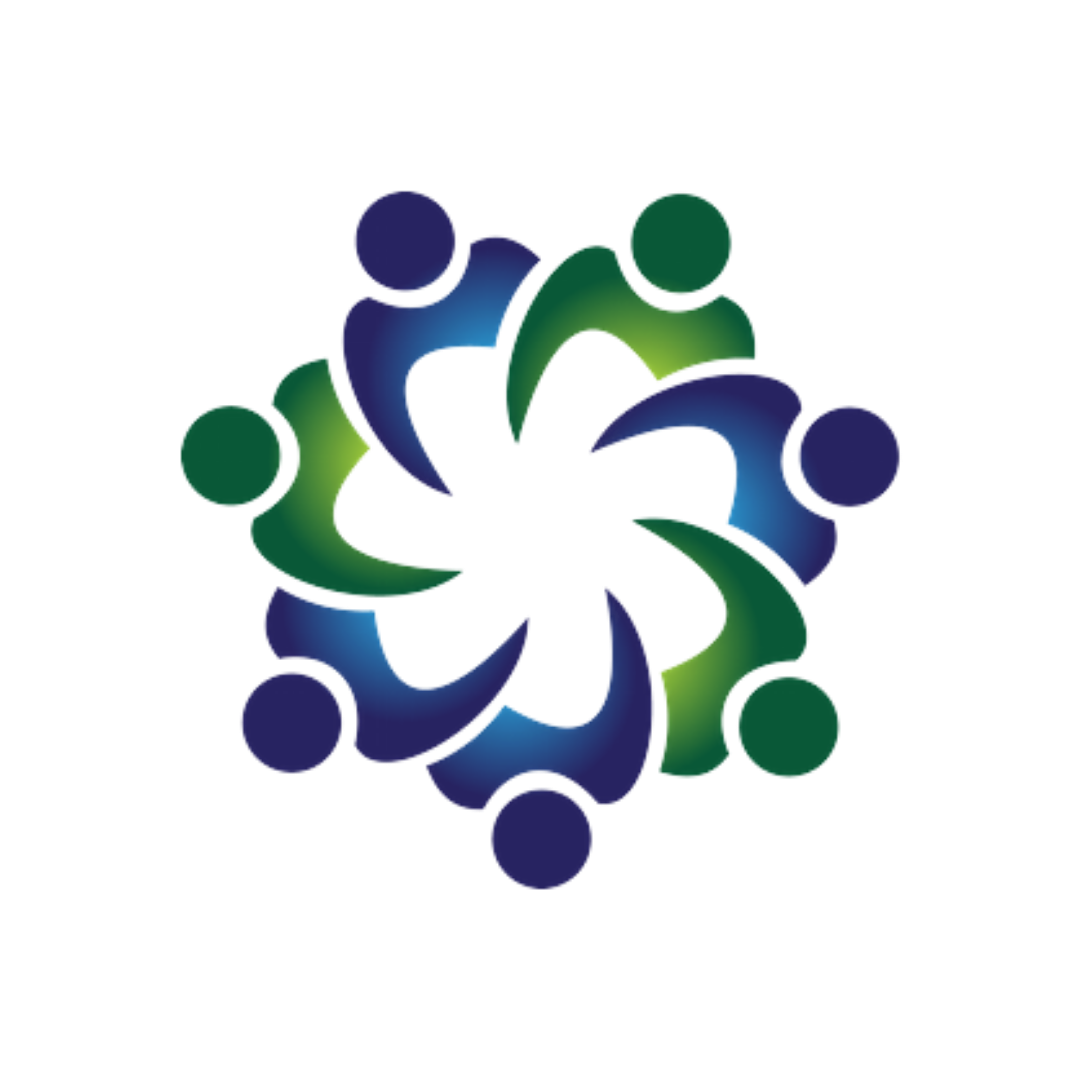The Pain was Bad, the Anxiety is Worse
Navigating Stress-Induced Pain
“Confronting your fears can be daunting because it forces us to acknowledge the things that make us most uncomfortable.”
Michelle, HEALTH & HAPPINESS, THE SPARK, MINDFULNESS
The thought of facing up to fears is enough to trigger an emotional or physical response, and when dealing with pain, it’s usually both. So how do we reframe this fear to avoid adding to our pain levels?
Anyone living with persistent pain knows that anxiety can trigger a pain flare. Persistent pain conditions can be traumatic, and long after a traumatic event has passed, a person’s nervous system can be reactivated whenever they perceive danger. For me, when I have an upcoming event that I am terrified a pain flare may ruin, I usually get a pain flare. My body enters into a state of hypervigilance, or a ‘fight or flight’ trauma response. This is why I now try to avoid making plans well in advance. This reality also makes me sad.
It has become a vicious cycle of stressing about a pain flare, experiencing a pain flare, and then back to that same stressful mentality yet again. I want to break the cycle.
During my most recent pain flare I went to my regular GP to talk about breakthrough pain management with medication. My GP refused to prescribe anything to cut through the pain, noting that I hadn’t needed this in the past, so there must be something else triggering the pain to cause this reaction. I was advised to reflect on what underlying triggers may have caused the pain and treat the cause. This is pretty hard to do when you can’t think straight, you can’t sleep, and the vicious cycle of anxiety and pain keeps turning. I considered self-medicating. I know it is dangerous. The reality is I actually don’t want to be taking any tablet, of any kind. I want a way forward that is healthier. Some days it seems impossible.
I was recently speaking with one of my friends, and they have been struggling with an extended pain flare. They have a different type of pain, but the same type of deep worry. We talked about the fears we have and how we worry. We spoke of the lose-lose state we get to.
I know for me, the fight or flight concept comes into play. My body can’t settle (or heal) because my mind is over burdened with fear. In the moment of a particularly bad flare, it can be difficult to remember what life outside of that pain felt like. What can make it feel worse is when your Doctor doesn’t appear to be in your corner, as the opioid crisis has certainly made it more difficult for them to increase dosages. It can be isolating…
Pain is more than an uncomfortable feeling, and it carries a heightened sense of panic.
After talking to my friend we decided to be our own Worrier Warriors. We’ve made a pact to check in regularly about how our minds and bodies are feeling.
Knowing the symptoms when you are in a moment of panic will allow you to move forward from this. “When you go into panic mode, you are more likely to tense up,” John Murphey from MDLinx says. This is never great when dealing with a flare. Although this may feel like a natural reaction while you are in panic mode, it is likely to increase your levels of pain.
My friend and I are trying to relax our bodies, and breathe into the pain. We’re trying distraction methods. For him, it’s catching up on Youtube videos of motocross, for me, it’s cartoons.
I’m trying to remember that feelings of panic will end, and I can sail it out like a ship going through a storm. The mantra is:
I can do this;
I won’t give up;
I am calm;
This too shall pass.
This post has been shared with consent. The views reflected in this article do not necessarily reflect the views of APMA. This space has been provided to give our community a voice, without bias.
APMA does not offer medical advice through the blog entries. Please speak to your healthcare professional for any information surrounding a condition and/or medication.


